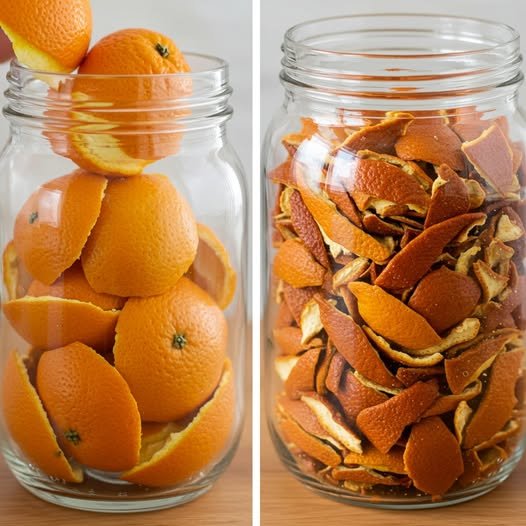African violets, known scientifically as Saintpaulia, are beloved houseplants cherished for their vibrant blooms and lush foliage. Native to the tropical regions of East Africa, these plants have become a staple in homes worldwide due to their ability to flower year-round under the right conditions.
Caring for African violets involves providing them with the right balance of light, water, and nutrients. They thrive in bright, indirect sunlight and prefer a consistent watering schedule that keeps their soil moist but not waterlogged. The key to their continuous blooming lies in understanding their specific needs and creating an environment that mimics their natural habitat.
The Secret Ingredient: Epsom Salts
My nana’s secret to keeping her African violets blooming continuously is a simple household item: Epsom salts. Epsom salts, chemically known as magnesium sulfate, have been used for generations in gardening to enhance plant growth. While many gardeners focus on the basics of light and water, my nana discovered that adding Epsom salts to her care routine made a noticeable difference in the health and blooming frequency of her African violets. This inexpensive and readily available ingredient is her go-to solution for achieving lush, vibrant blooms.
How Epsom Salts Benefit African Violets
Epsom salts provide African violets with essential nutrients that are often lacking in standard potting mixes. Magnesium, a key component of Epsom salts, is crucial for photosynthesis as it forms the central atom of the chlorophyll molecule. This enhances the plant’s ability to convert light into energy, promoting healthier growth and more frequent blooming. Additionally, sulfur, another component of Epsom salts, aids in the production of enzymes and proteins, further supporting robust plant health. By supplementing African violets with Epsom salts, you can ensure they receive these vital nutrients, leading to more vibrant and continuous blooms.
Step-by-Step Guide to Using Epsom Salts for Continuous Blooming
To use Epsom salts effectively for your African violets, follow these simple steps: 1. Dissolve 1 tablespoon of Epsom salts in a gallon of water.
2. Use this solution to water your African violets once a month, in place of your regular watering routine.
3. Ensure that the soil is evenly moist but not waterlogged, as African violets do not like to sit in water.
4. Observe your plants over the next few weeks for signs of improved health and increased blooming. By incorporating this routine into your care regimen, you can help your African violets thrive and bloom more consistently.
Common Mistakes When Using Epsom Salts
While Epsom salts can be beneficial, it’s important to avoid common mistakes that can harm your plants. Overuse of Epsom salts can lead to an imbalance of nutrients, potentially causing more harm than good. Always stick to the recommended dosage and frequency to prevent nutrient burn. Additionally, ensure that the Epsom salt solution is thoroughly mixed to avoid uneven distribution, which can lead to inconsistent results. Finally, remember that Epsom salts are a supplement, not a replacement for a balanced fertilizer regimen.
What to Avoid for Healthy African Violets
To keep your African violets healthy, avoid exposing them to direct sunlight, which can scorch their leaves. Ensure they are not overwatered, as soggy soil can lead to root rot. Avoid using cold water for watering, as this can shock the plants. Instead, use room temperature water to keep them comfortable. Additionally, refrain from moving your plants too frequently, as they prefer stable conditions. By avoiding these common pitfalls, you can create an optimal environment for your African violets to thrive.
Conclusion: Achieving Beautiful Blooms with Epsom Salts
Incorporating Epsom salts into your African violet care routine can be a game-changer for achieving continuous and vibrant blooms. By providing essential nutrients that support photosynthesis and enzyme production, Epsom salts help your plants reach their full potential. Remember to use them in moderation and as part of a comprehensive care strategy that includes proper lighting, watering, and fertilization. With these tips and my nana’s trusted secret, you can enjoy the beauty of African violets in full bloom year-round.



